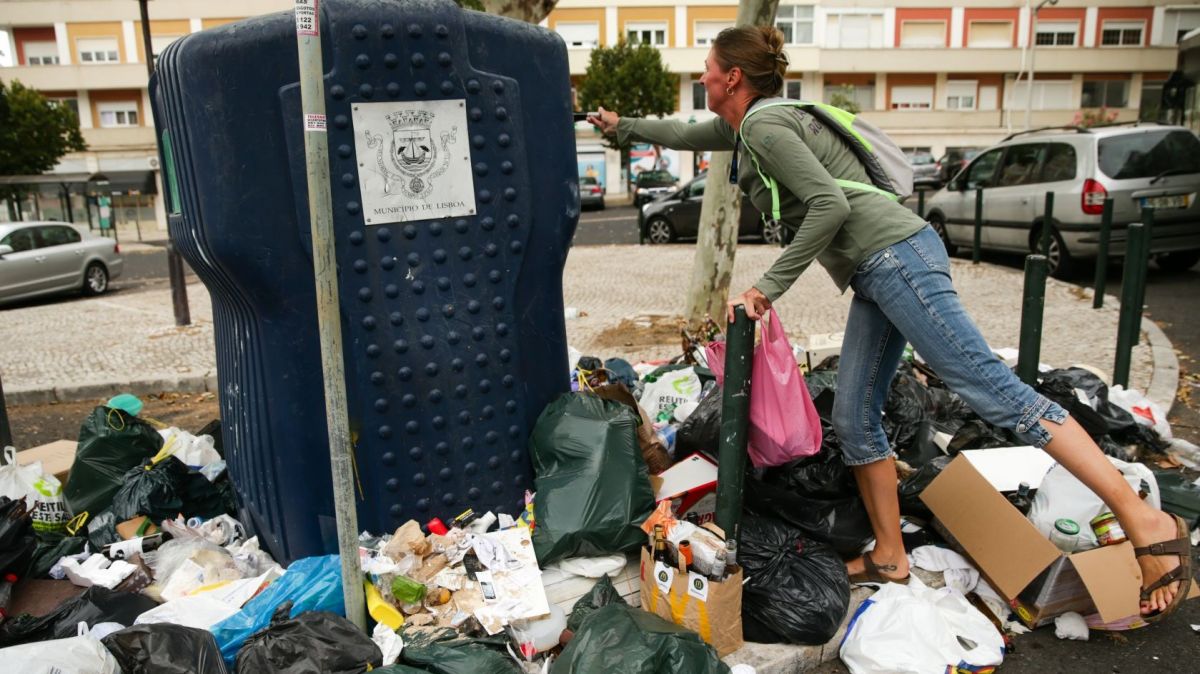The conference was attended by around 1600 participants from 80 countries including our team listened to a selection of the 200 presentations covering amongst others: planning and preparation, prevention and fire suppression, risk handling, communication and international co-operation.
The main theme of the conference was enabling an integrated approach to wildland fires management and governance, involving not only governments, but also academia, civil society, the private sector, and communities; the focus being more on prevention rather than suppression only, which had previously been the case. This may seem obvious, as if all fires could be prevented then there would be no need for suppression. However, this is not the case as we learned.
Globally, recent extreme weather events have caused unprecedented damages and impacts on communities, economies, and the environment. Climate change is the key driver behind the growing occurrence of extreme wildfires. Under projected warnings, wildfire frequency and severity are estimated to increase, calling for a fundamental shift in wildfire management to focus on disaster risk reduction, climate change adaptation and wildfire risk prevention.
We therefore all need to be prepared. As a first step, we all need to understand the risks, as without understanding the risk, we can’t manage it and be prepared.
This year will be a more complex one than 2022, a year in which Portugal suffered from many fires, 80% of which being in the north.
The risks of fires extend well beyond the southern Europe basin, and last year there were wildfires in the UK, the Republic of Ireland, and as far north as Finland. At the wildland fire conference, I spoke to a forestry director from Ireland and we discussed the fires that affected western Ireland last year, which proved difficult to extinguish, due to their remoteness. Having discussed with him, he saw parallels with the fires we experienced in the northern parts of Portugal last year, particularly in Bragança and Serra da Estrela.
Therefore, sharing knowledge, experience and co-operation between countries is vitally important in tackling a common threat. In global terms, vulnerabilities have increased and we are more and more likely - in various parts of the world - to have more complex and larger climate-related events; international cooperation is absolutely critical in this matter.
Developing a culture of preparedness
Bearing this in mind, for us in Portugal what can we expect this year? In April, we had record air temperatures and the type of weather conditions more associated with late June rather than April. There are also forecasts of instability in our weather and as Spain and Italy have been recently witnessing, storms with heavy rain and hail cause flooding and landslips after a long hot and dry period. This has also affected the Algarve to some extent with isolated downpours, and large and damaging hailstorms.
This shows that we do face complex and unseasonable weather patterns. As such being aware of the risks we and our property are exposed to is even more important than before. Weather patterns within mainland Portugal also vary, and whilst writing this feature, we have a situation where the southern half of the mainland is at low fire risk and much of the north at very high/maximum. On 20th May, ANEPC sent a unit of its Special Civil Protection Force to Spain to help fight a major fire about 50 Kms from our border, but at the same time, there was heavy downpours and flooding in the southeast of Spain.
All this means that we need to not only be prepared but also to inculcate within the population a “culture of preparedness”, meaning that we must learn how to live with fires, and how to best deal with them, with the aim of reducing their impact on populations and communities.
On this matter, the president of ANEPC, Duarte Costa, shared valuable insights regarding what the government has done so far and what it intends to do, besides its ambitions. As wildland fires have surfaced also due to the rural-to-urban migration trend which has been underway for the past decades, the government is going to present a plan to incentivise those who have left their lands and houses in rural areas to go back and develop settlements and infrastructures; urbanization is a key component to prevent wildland fires from occurring. This is also in line with the concept of landscaping design, a recurrent topic throughout the conference.
Landscaping design is another key tool for governments, communities and individuals, which can be used in order to make the landscape smarter in dealing with wildfires. This practice can be used to both prevent but also to create fires e.g., for cleaning purposes. As Duarte Costa said, “We do not need fear fires, as fire can also be good”. This is an important remark Mr. Costa made as it highlights again the necessity for all to understand fires and their management, without being afraid to look into an advanced conceptualization of fire management for communities. Indeed, ANEPC has done fantastic work in order to best manage the risk of fires, having invested 50% of their budget in prevention and 50% in suppression, with the ambition to invest as far as 70% on prevention and 30% on suppression in the near future.
This would be an admirable achievement as the purpose is really looking into safeguarding communities but also our mother earth, home to each one of us.
Antonia is consultant in the area of climate adaptation and disaster management
by David Thomas and Antonia Vignolo - Safe Communities Portugal













